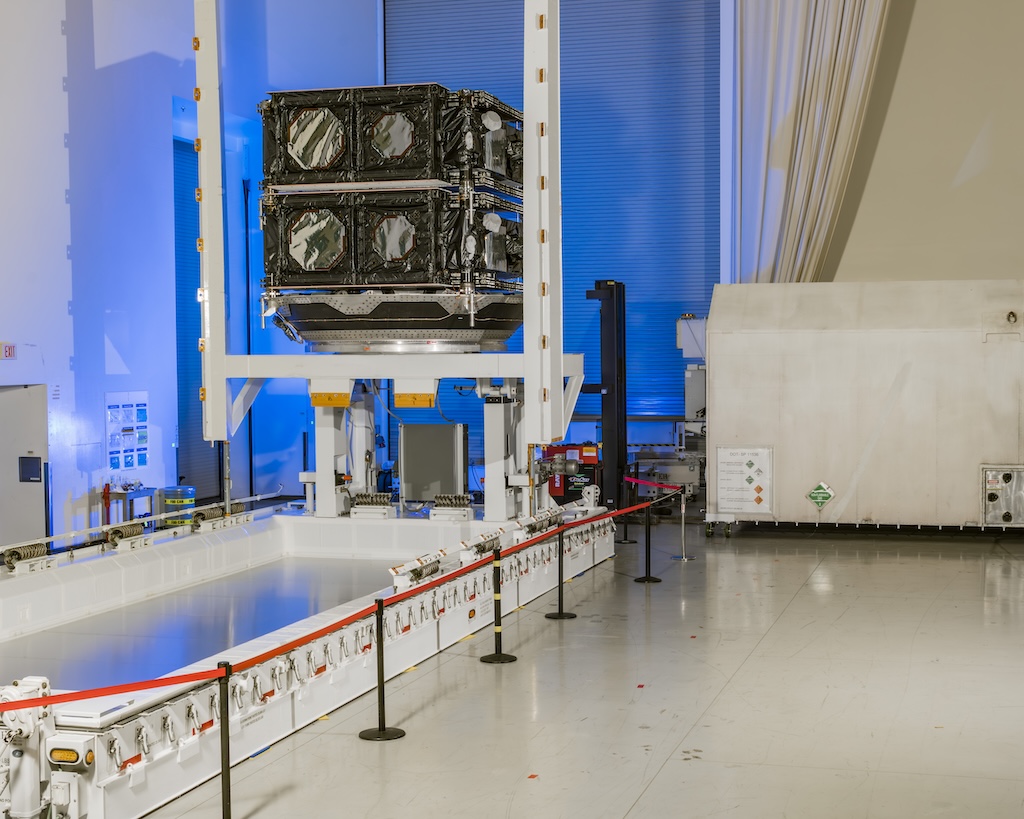SES has officially completed its acquisition of Intelsat, creating a global powerhouse in satellite connectivity with a fleet of 120 satellites across Geostationary (GEO) and Medium Earth Orbits (MEO), and strategic access to Low Earth Orbit (LEO) systems. The combined company now positions itself as a leading provider of multi-orbit, multi-band connectivity solutions, with approximately 60% of its revenues driven by high-growth sectors such as government, mobility, and cloud-enabled services.
The merger brings together nearly 90 GEO satellites, around 30 MEO satellites, and an extensive terrestrial infrastructure. With capabilities across a wide range of frequency bands — including C-, Ku-, Ka-, Military Ka-, X-band, and Ultra High Frequency (UHF) — SES is now equipped to deliver advanced, reliable, and customizable connectivity solutions globally. This expanded network is expected to better serve critical sectors such as aviation, maritime, defense, and broadcast media.

“Today, we’re not just merging two companies — we’re creating a stronger company, built for the future. I want to extend a warm welcome to all new employees, customers, and partners. In this new chapter, we are bringing together a powerful mix of talented people, network infrastructure, spectrum, innovation, and global relationships that will allow us to deliver next-generation connectivity and space-enabled services in smarter and quicker ways,” according to Adel Al-Saleh, CEO of SES.
The newly combined entity projects a robust financial outlook, with a pro forma revenue of €3.7 billion expected to grow at a low- to mid-single digit Compound Annual Growth Rate (CAGR) through 2028. Adjusted EBITDA is projected at €1.8 billion, with mid-single digit CAGR growth including anticipated synergies. SES also expects to generate over €1 billion in adjusted free cash flow between 2027 and 2028 (pre-IRIS2), fueled by a strong contract backlog exceeding €8 billion.
SES plans to invest an average of €600 to €650 million annually in capital expenditures from 2025 to 2028, excluding the European Union’s IRIS2 satellite constellation program. Key future growth initiatives include Internet of Things (IoT), direct-to-device services, inter-satellite links, quantum key distribution, and space situational awareness.
The integration of SES and Intelsat is expected to generate €2.4 billion in net present value synergies, equating to an annual run rate of €370 million — 70% of which will be realized within three years post-merger. These efficiencies will be driven by streamlined operations, optimized satellite capacity, and unified procurement.
SES will continue to operate from its global headquarters in Luxembourg and remains publicly listed on both the Paris and Luxembourg stock exchanges (Ticker: SESG). It will also maintain a strong presence in the United States, with its North American operations headquartered in McLean, Virginia.
